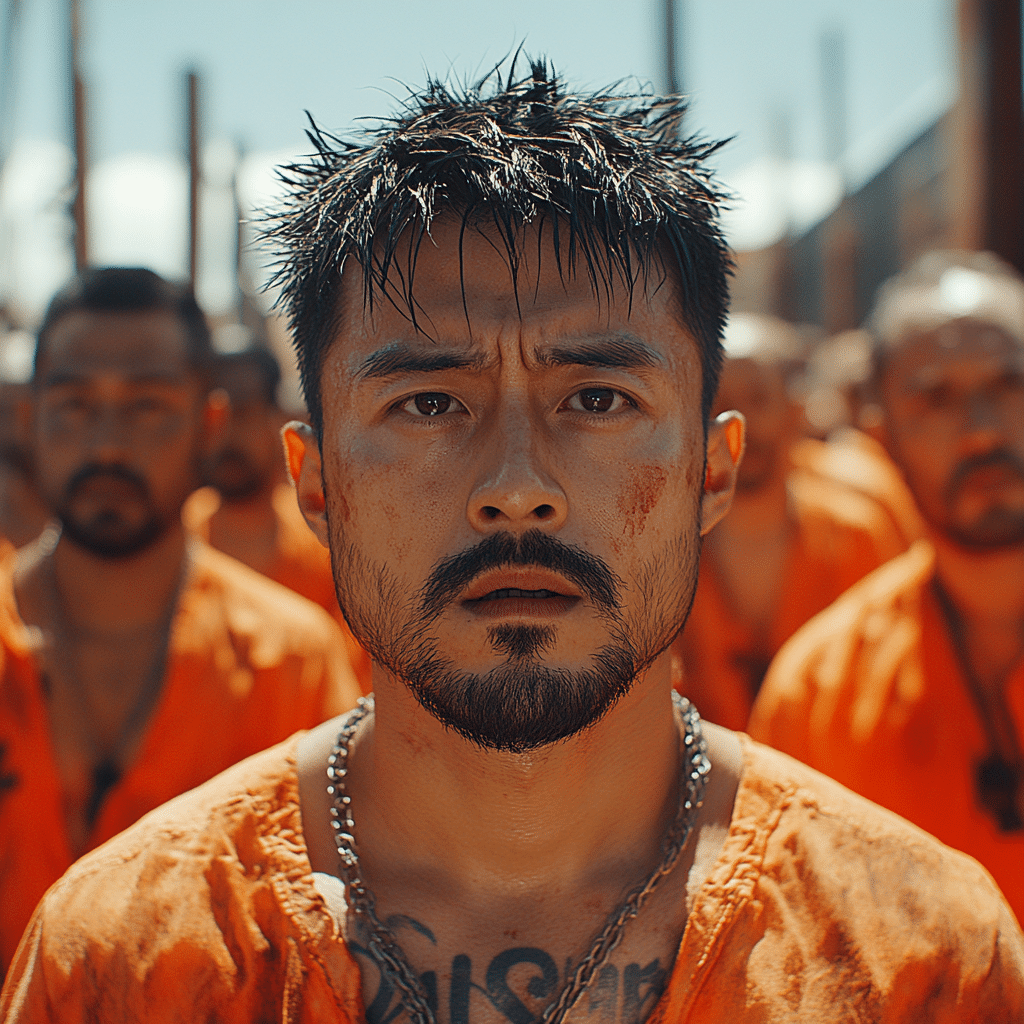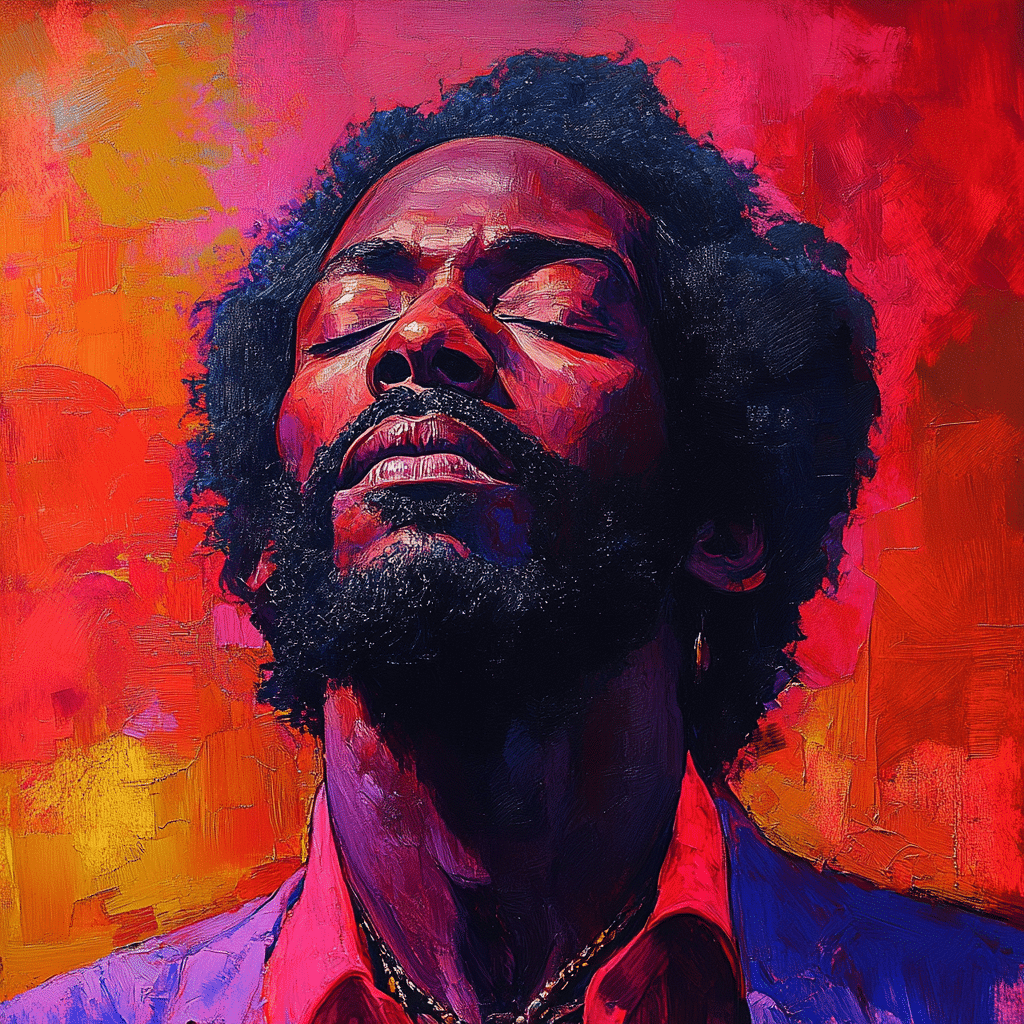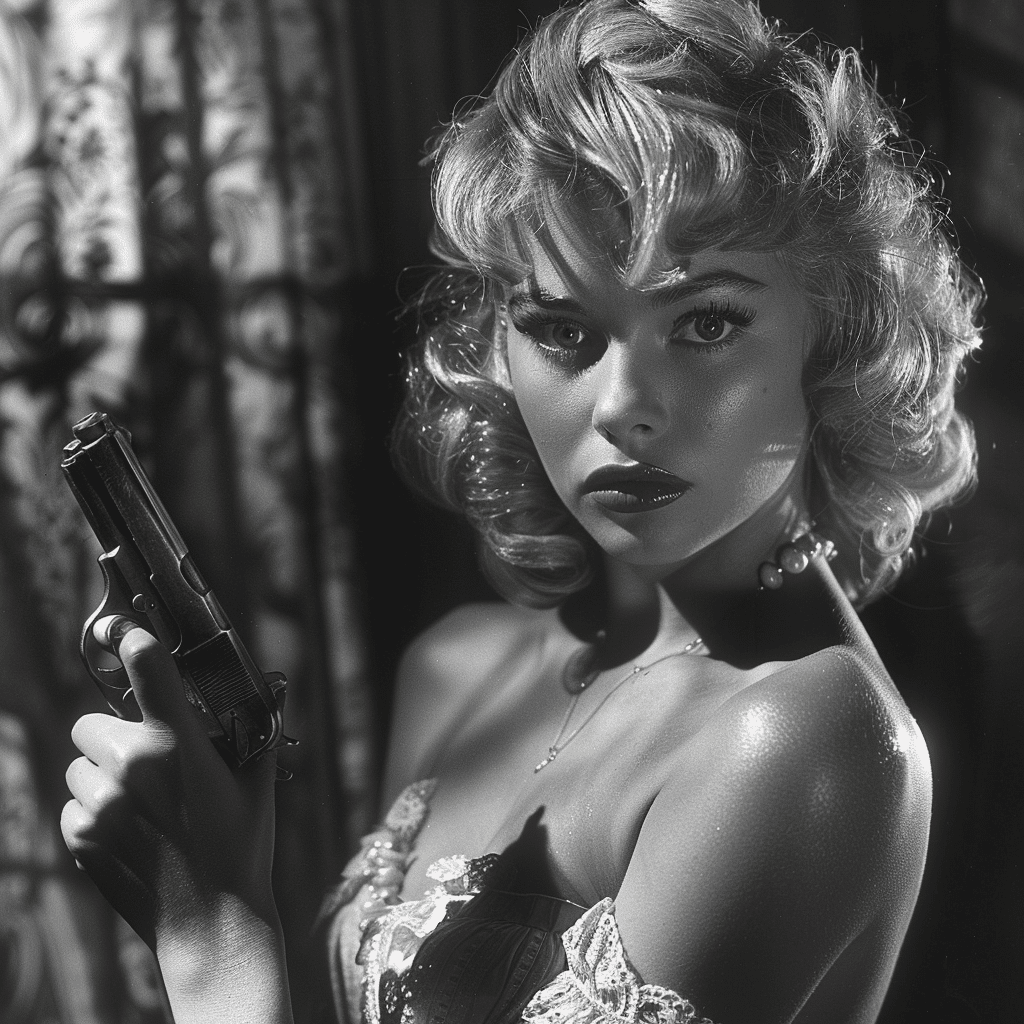The 2008 comedy film “Harold & Kumar Escape from Guantanamo Bay” continues to resonate with audiences over a decade later. While some might write it off as just another stoner flick, this cinematic gem shines as a sharp critique of societal norms, American politics, and civil rights. Packed with witty dialogue, keen observations, and unforgettable moments, “Harold and Kumar Guantanamo Bay” remains a pivotal piece in the comedic landscape. Let’s dive into why this film is still so beloved.
Top 5 Reasons Why “Harold and Kumar Escape from Guantanamo Bay” Is a Comedy Classic
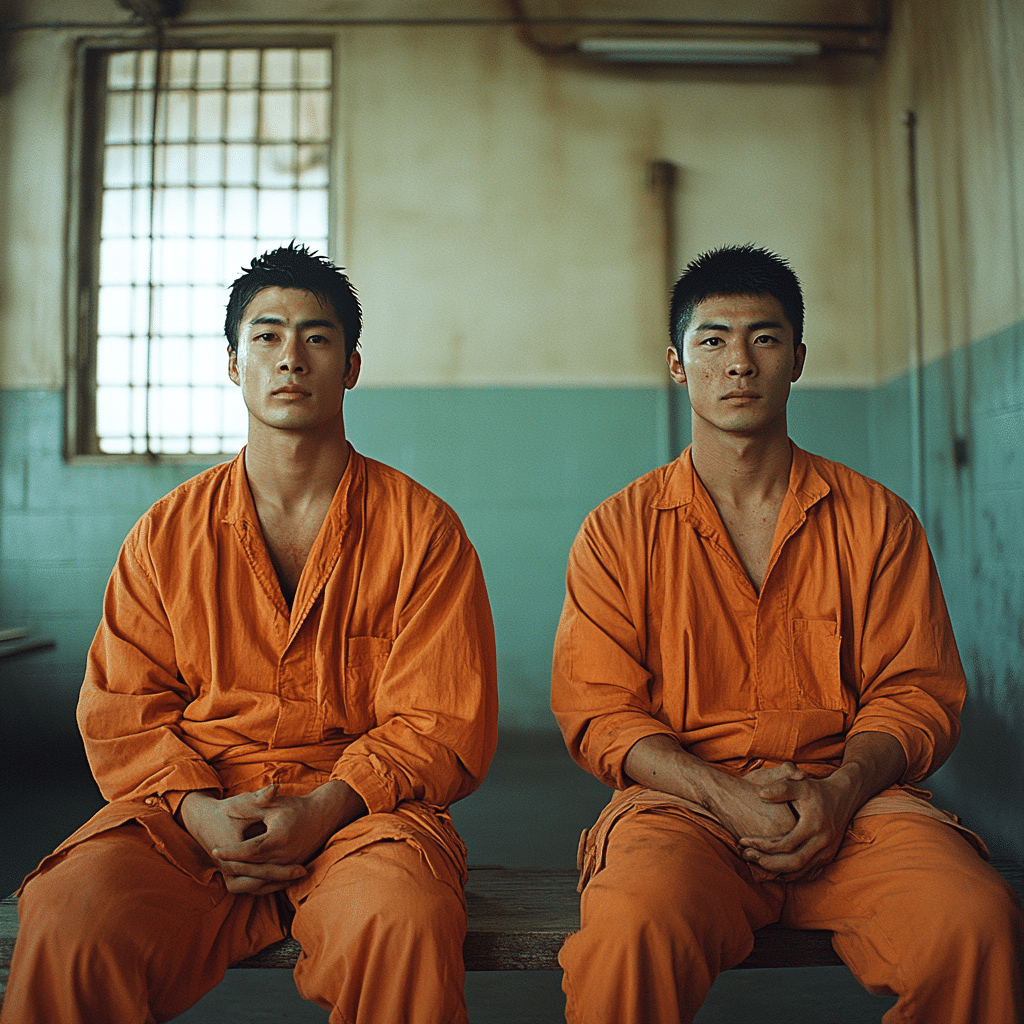
1. Cultural Commentary
“Harold and Kumar Guantanamo Bay” doesn’t shy away from serious issues. The film dives headfirst into the often uncomfortable themes of racial profiling and the War on Terror while maintaining a carefree comedic tone. By putting two innocent men in a dire situation, it highlights the absurdity of the American legal system with both sharp wit and charm. This clever blend of humor and critique offers a reflective mirror for audiences to view contemporary social issues that still resonate today.
The absurd situations Harold (John Cho) and Kumar (Kal Penn) find themselves in serve as satire for the sometimes ridiculous American notion of justice. For instance, their struggle against a bumbling government official, played hilariously by Rob Corddry, illustrates how easily misunderstandings can escalate. As viewers chuckle at the antics, they’re nudged to think deeply about the implications of racial stereotypes and the treatment of minorities.
Moreover, elements of surprising social critique appear through the lens of humor. By making laughable the real fears and prejudices, the film invites audiences to both enjoy a good chuckle and ponder the wider ramifications of society’s reaction to those perceived as “other.” This multi-layering of comedy is what sets “Harold and Kumar Guantanamo Bay” apart.
2. Epic Journey of Friendship
At its core, “Harold and Kumar Escape from Guantanamo Bay” is about friendship. The bond between Harold and Kumar is not just about laughter; it’s a portrayal of resilience and teamwork amidst chaos. As they embark on this crazy adventure to clear their names, they face challenges that deepen their connection, showing how friendship can flourish under pressure.
The film captures the essence of camaraderie through shared experiences, trial and error, and unforgettable misadventures. Time and again, they lean on each other during their misfortunes and triumphs, illustrating that true friendship endures through hilarity and hardship alike. Their journey allows viewers to reminisce about their bonds, drawing parallels to their own friendships.
This theme resonates with audiences who appreciate authentic relationships in a world that often seems superficial. The genuineness of Harold and Kumar’s friendship shines bright, underlining the importance of being there for one another, especially when facing the absurdities of life.
3. Memorable Cameos
“Harold and Kumar Guantanamo Bay” serves up a hearty slice of cameos that keeps audiences laughing. One standout is Rob Corddry’s role as a flustered government agent, a character that embodies the wild nature of the film’s premise. These guest performances from familiar faces add a lively touch and a layer of comedic richness that makes the story all the more enjoyable.
Surprise appearances lend a sense of spontaneity to the film, with established actors contributing to the comedic fabric cleverly woven throughout. From memorable interactions to downright hilarious events, the cameos elevate the storytelling, pulling audiences deeper into the outlandish world of Harold and Kumar.
Moreover, these surprise elements make for great conversation starters. Remember a clever quip from a cameo? Or one of those surprising twists? It’s this kind of engagement that keeps audiences talking long after the credits roll, widening the film’s cultural footprint.
4. Psychological Exploration
While comedy often dwells on surface-level laughs, “Harold and Kumar Guantanamo Bay” digs deeper by exploring its protagonists’ existential dilemmas. As Harold and Kumar face prejudice and adversity, they wrestle with their own identities and societal expectations. This adds a refreshing layer that uplifts the film from simple slapstick to poignant commentary.
They are forced to confront who they are in a world that often misunderstands them. Through their misadventures, we witness a growth that goes beyond the laugh-out-loud moments, allowing the audience to catch glimpses of vulnerability in characters who are otherwise wrapped in humor. This psychological exploration provokes thought about how external circumstances shape our perception of self.
This depth is what gives “Harold and Kumar Guantanamo Bay” its staying power. It connects with viewers on a deeper level by reminding them of their personal struggles within a comedic context. Ultimately, the film blurs lines between laughter and introspection, inviting the audience to look at their own lives, friendships, and identities.
5. Impact on Comedy and Representation
“Harold & Kumar Escape from Guantanamo Bay” is not just funny; it also heralds a shift in representation for Asian-American characters in Hollywood. By placing two Asian leads in a comedy, the film brought visibility to voices often overlooked. It challenged existing stereotypes and opened doors for future narratives, marking it as a significant win for diversity in cinema.
The film’s reception paved the way for other films featuring Asian-American stories and characters, establishing a narrative that is rich with humor rather than relegating them to comedic sidekicks. This shift is vital in promoting a broader understanding of cultural narratives in media.
Moreover, its success serves as a conversation starter about the nuances of representation and authenticity in filmmaking. Check out films like La Gloria to see how these themes continue to evolve in contemporary cinema. “Harold and Kumar Guantanamo Bay” is a testament to how comedy can create pathways for cultural authenticity and representation.
Harold and Kumar Guantanamo Bay and Its Cultural Influence: Connection to Notable Events
As we reflect on cultural elements today, the themes in “Harold and Kumar Guantanamo Bay” resonate even more strongly. The dynamics of racial profiling depicted in the film draw parallels with recent events, such as Prince William and Kate Middleton’s Visit to Southport. Media’s differing receptions of individuals based on background and ethnicity echo the experiences Harold and Kumar face throughout their journey.
Just as Harold and Kumar find themselves under unwarranted scrutiny, today’s ongoing discourse surrounding civil liberties and the judicial system emphasizes similar challenges. Recent high-profile trials have reignited discussions about justice and bias, reminiscent of the absurdities explored in the film. Viewers can’t help but see the correlation with cases like face to face with Scott Peterson, where media portrayal can shape public perception uncontrollably.
Moreover, viewing the film through a contemporary lens illuminates lasting societal narratives and their continued relevance. The humor acts as a release while provoking critical conversations about issues of justice and identity that confront many today, making it a timeless piece worthy of rediscovery.
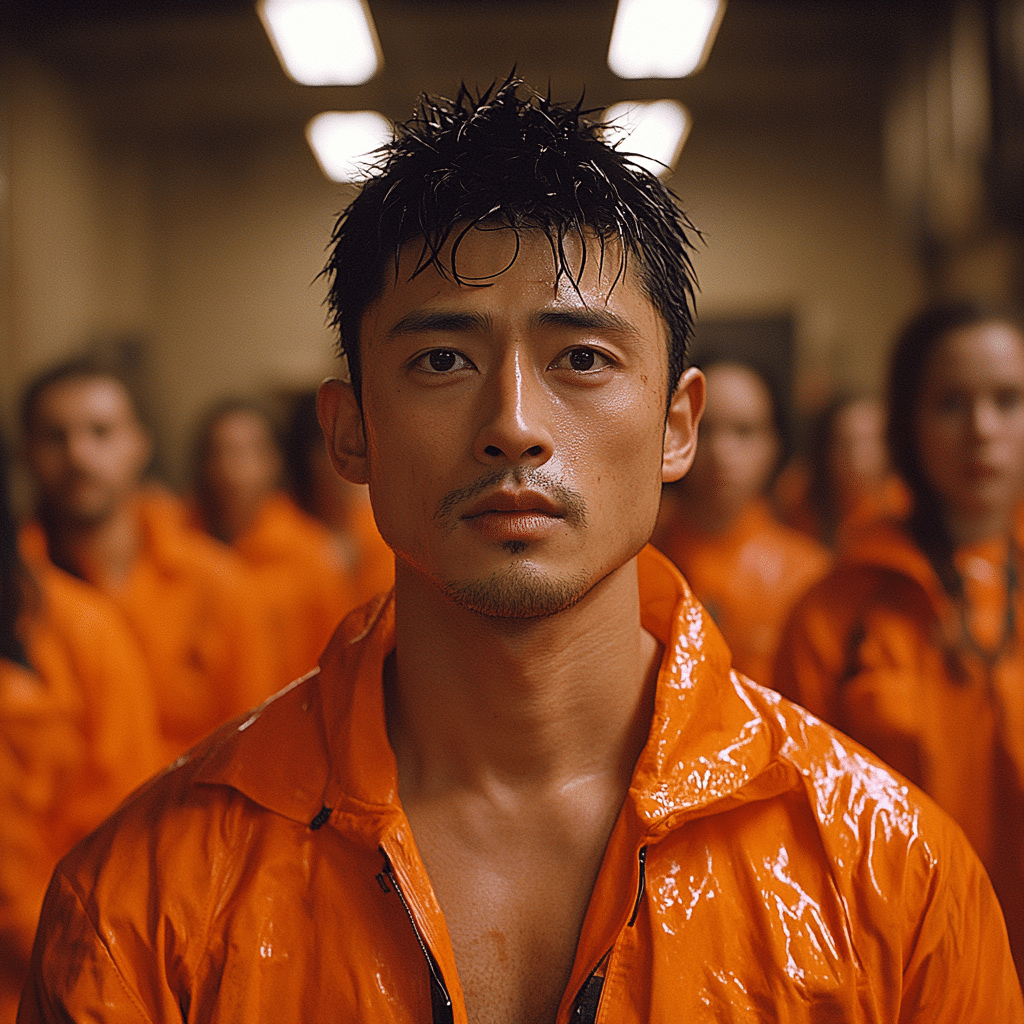
Reflections on Humor and Insight in Harold and Kumar Guantanamo Bay
Comedy often serves as a clever vehicle for deeper truths, and “Harold and Kumar Escape from Guantanamo Bay” exemplifies this beautifully. By juxtaposing absurd humor against serious societal critiques, the film invites laughter while encouraging viewers to think critically about their world. The value of comedic narratives is that they can spark discussions around crucial topics, such as civil rights and social justice—all wrapped in entertaining tales.
With a strong sense of authenticity merging humor with meaningful commentary, “Harold and Kumar Guantanamo Bay” stands the test of time as a film that boldly navigates sensitive subjects. Its success continues to highlight the power of comedy to serve as a platform for change and reflection. Whether revisiting this cult classic for its laughs or pondering its deeper messages, this film scrambles the traditional mold of comedy to deliver insight and inspiration.
In a society craving genuine storytelling, “Harold and Kumar Guantanamo Bay” showcases that it’s not just about the jokes. It’s about embracing the complexities of friendship, identity, and society, all while offering a hearty dose of laughter. If you haven’t seen it in a while, give it another shot; you might find it more relevant than ever, and who knows—you might even revisit this classic as you contemplate current events or just indulge in a good laugh.
This entertaining romp anchored in cultural critique makes “Harold and Kumar Escape from Guantanamo Bay” an essential watch. So grab some popcorn and enjoy the wild ride that questions not just who we laugh with, but who we are as a society. And hey, don’t forget to check out that hilarious Antonio Brown snapchat video while you’re at it!
Harold and Kumar Guantanamo Bay: Hilarious Journey Through Comedy
Behind the Laughter
Did you know that Harold and Kumar Go to Guantanamo Bay has become a cult classic since its release in 2008? Directed by the talented duo Jon Hurwitz and Hayden Schlossberg, this film follows the outrageous antics of Harold and Kumar as they hilariously dodge the law and face a series of mind-bending misadventures. There’s even a surprising nod to Kingdom Hearts 4, with subtle references that fandoms adore. The film is iconic for its unapologetic humor, and some of its legendary one-liners could easily rival the charm of a good Wieners movie night. It’s all about that rebellious spirit that keeps fans coming back for more laughs.
Hilarious Highlights
One standout scene features Kumar mistakenly trying to board a flight with a bomb-like substance, leading to a chaotic mix-up that lands them at Guantanamo Bay. The absurdity isn’t just for laughs; it cleverly shines a light on serious issues, making it a movie that keeps you both entertained and pondering. Fans of the filmmaker Yorgos Lanthimos might find a similar knack for blending humor with social commentary in his films—both styles showcase bizarre predicaments that reveal personal and cultural truths. Plus, who could forget the unforgettable visual of the Thor hammer making an appearance? It’s moments like these that merge the ridiculous with iconic pop culture references.
Endearing References
Throughout Harold and Kumar Guantanamo Bay, you’ll notice cheeky nods to various elements—from the backdrop resembling a Lakeland Square mall scene to clever spins on current events. Even the character of Thug Hunter is a comedic take that resonates with audiences familiar with stereotypes. This clever writing makes the entire film feel rich and layered, just like the subplots in Culpa Mia 2. By embracing the outrageous and the absurd, the film turns what could’ve been a basic road trip into an epic romp, securing its place in the hearts of many.
So, grab your friends, kick back, and dive into this wild ride. Whether you’re into quirky comedies or simply enjoy a good laugh, Harold and Kumar Guantanamo Bay serves up the perfect blend of chaos, critique, and comedy that keeps audiences talking long after the credits roll.
